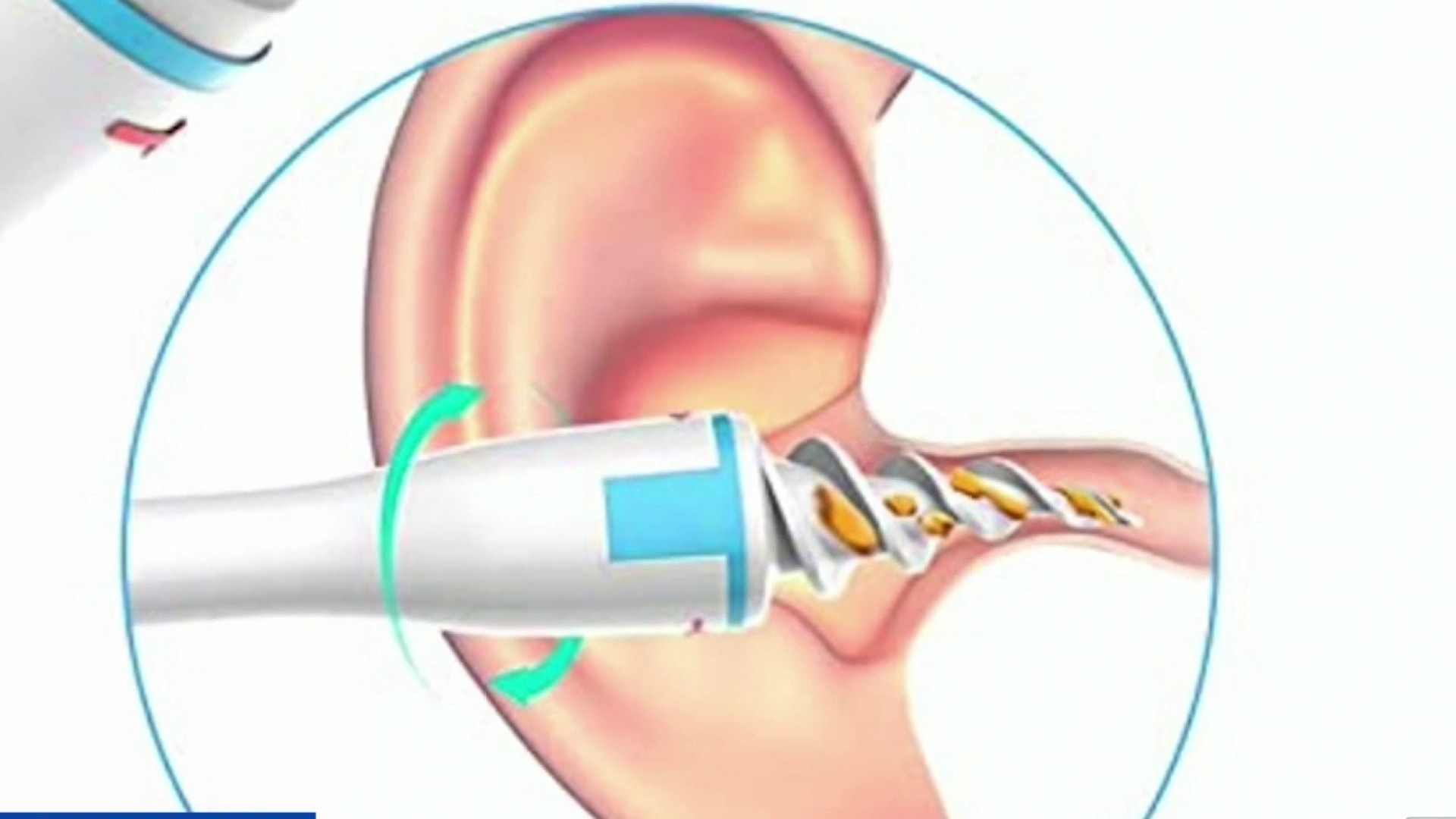What happens if earwax is not removed?
by Admin
Posted on 26-07-2022 03:23 PM

Prior to an earwax removal appointment, we advise putting olive oil drops in both ears or the affected
ear
for 7 days. Follow the instructions on the container which recommends 2 applications twice daily.
This softens the ear wax and enables it to be removed gently and effectively. A popular brand is earol which delivers a fine spray of olive oil coating the ear wax evenly, or you can just use cooking olive oil. Book an appointment.
Between them, our team have removed wax from over ten thousand ears. So let them put their experience to good use by solving your earwax problem.
There are several reasons why people experience hearing loss. In the early stages, a hearing health professional will often want to rule out underlying causes that can be treated to potentially improve hearing. Examples include ear infections and excessive earwax. If earwax is clogging the ear canal, this can make it more difficult to hear. You might find that if you have your ears professionally cleaned, your hearing suddenly improves. If you do develop signs of hearing loss, whether they come on gradually or rapidly, it’s wise to contact a hearing care provider as soon as possible. If you notice any of these symptoms or you’re worried about your hearing, the best thing to do is pick up the phone and organize an appointment with a hearing specialist.
If the earwax blockage is more significant, it may need to be removed at your hearing care professional’s office. Hearing specialists typically use one of two methods to remove earwax: irrigation or curettage. Irrigation is the most common method your hearing specialist will use to remove blockages. Unlike at-home earwax removal kits, your hearing professional may use stronger earwax removal medications in conjunction with irrigation. Carbamide peroxide is typically the main ingredient in these medications. The less common method is curettage, which involves the use of a curette. A curette is a long, curved tool that may also be used with suction to remove cerumen from the ear canal.
Earol Olive Oil Spray 10ml
Ear wax is a combination of cerumen – a liquid/oil produced in the first third of the ear canal via the ceruminous glands, squamous epithelium (dead skin), debris from our every-day environment and perspiration.
 The main bulk of the obstruction will be dead skin making it very difficult to remove via oils/lotions/potions that you may purchase from a pharmacist. When an obstruction becomes noticeable it is likely that the addition of drops will just exacerbate the issue and professional removal is the only competent method to dislodge it. At cotswold hearing we promote the use of earol spray, which is an olive oil based spray that helps to lubricate the ear and make removing the obstruction much more comfortable.
The main bulk of the obstruction will be dead skin making it very difficult to remove via oils/lotions/potions that you may purchase from a pharmacist. When an obstruction becomes noticeable it is likely that the addition of drops will just exacerbate the issue and professional removal is the only competent method to dislodge it. At cotswold hearing we promote the use of earol spray, which is an olive oil based spray that helps to lubricate the ear and make removing the obstruction much more comfortable.
It may take more than one attempt to remove your wax. It’s important that the wax has been softened to make the procedure as comfortable and effective as possible – so to prepare for your appointment, we’d recommend using olive oil to soften it. a spray known as earol is ideal for this. Read the instructions leaflet carefully and use for 7-10 days between 2-4 times daily before your appointment. Other sprays or drops are not always suitable and may prevent us from being able to carry out the removal. Your ears might feel more blocked up after using olive oil and might reduce your hearing – this is because the wax will soak up the oil.